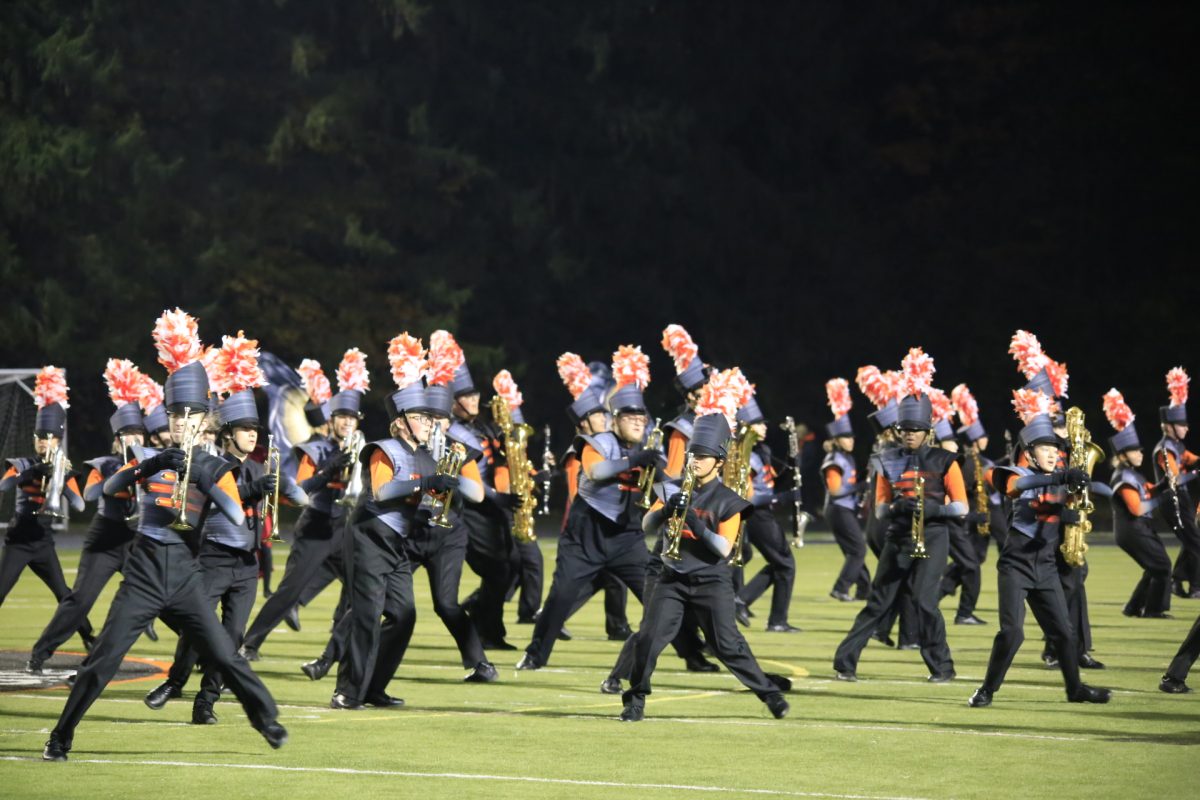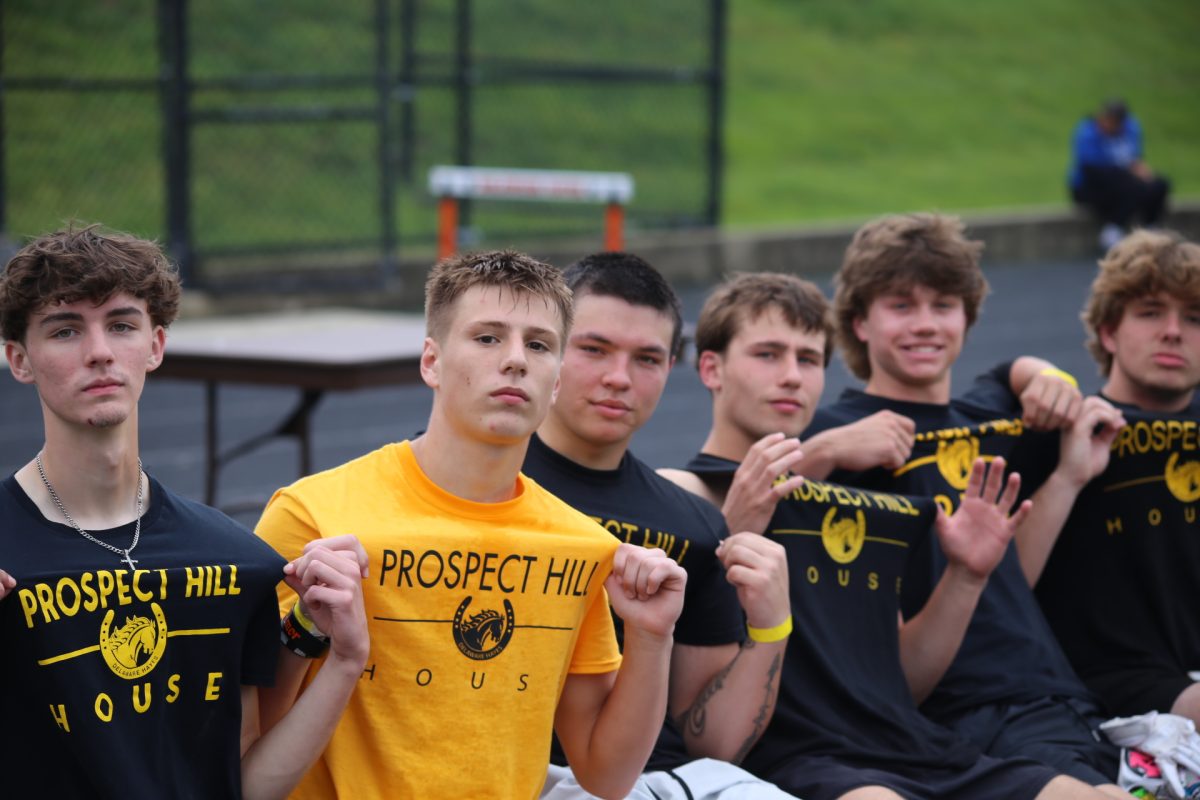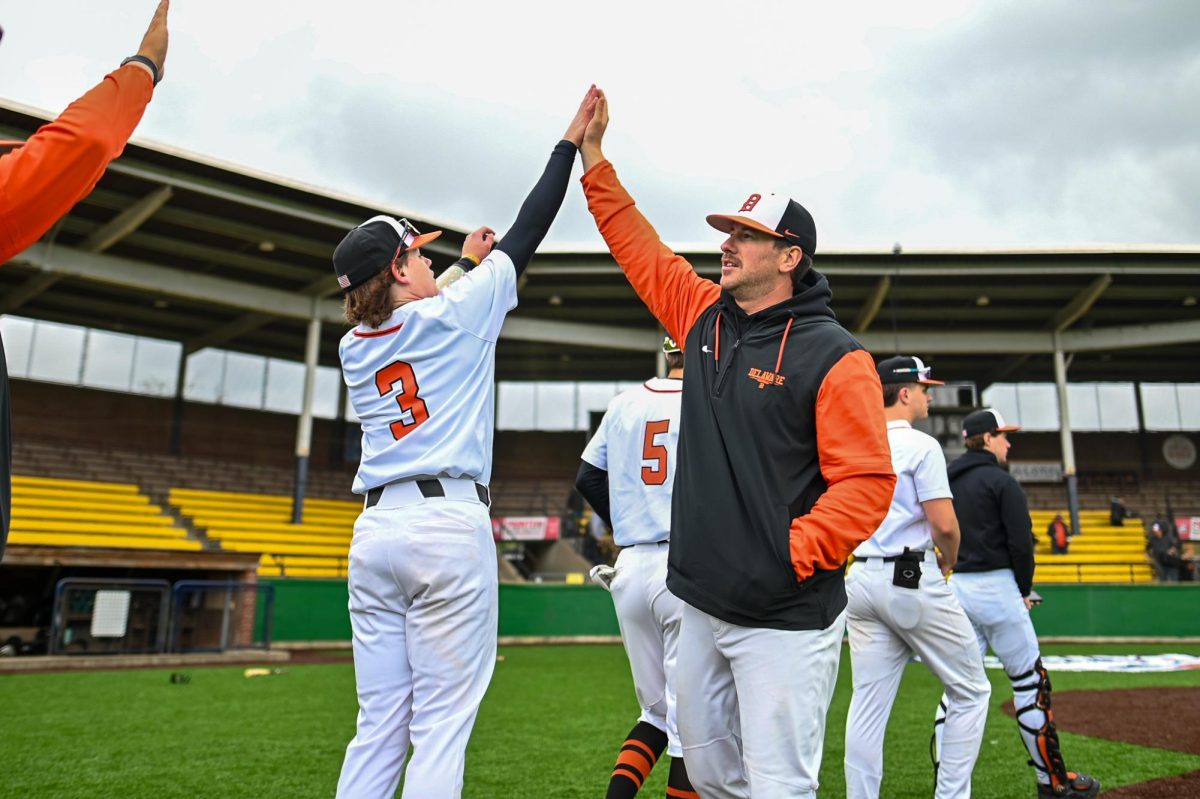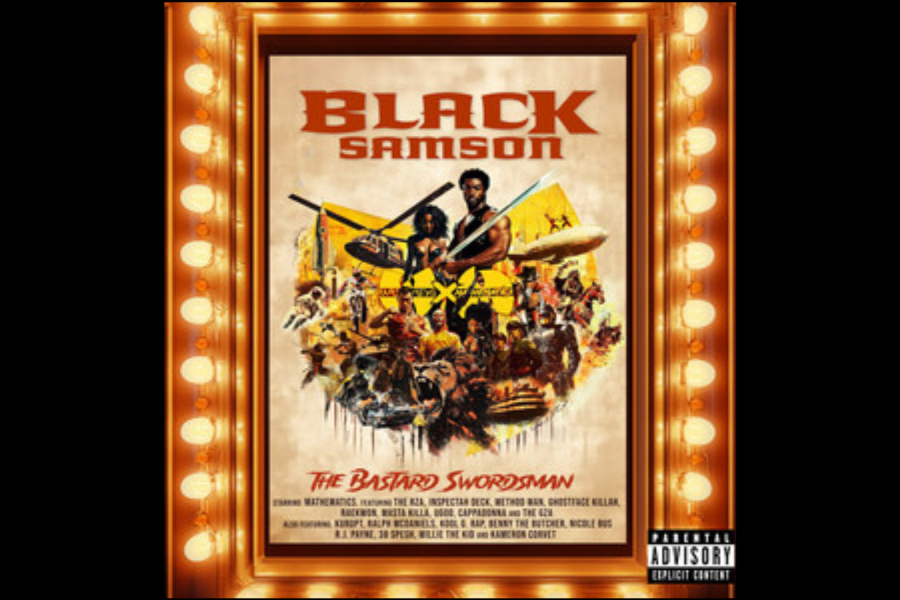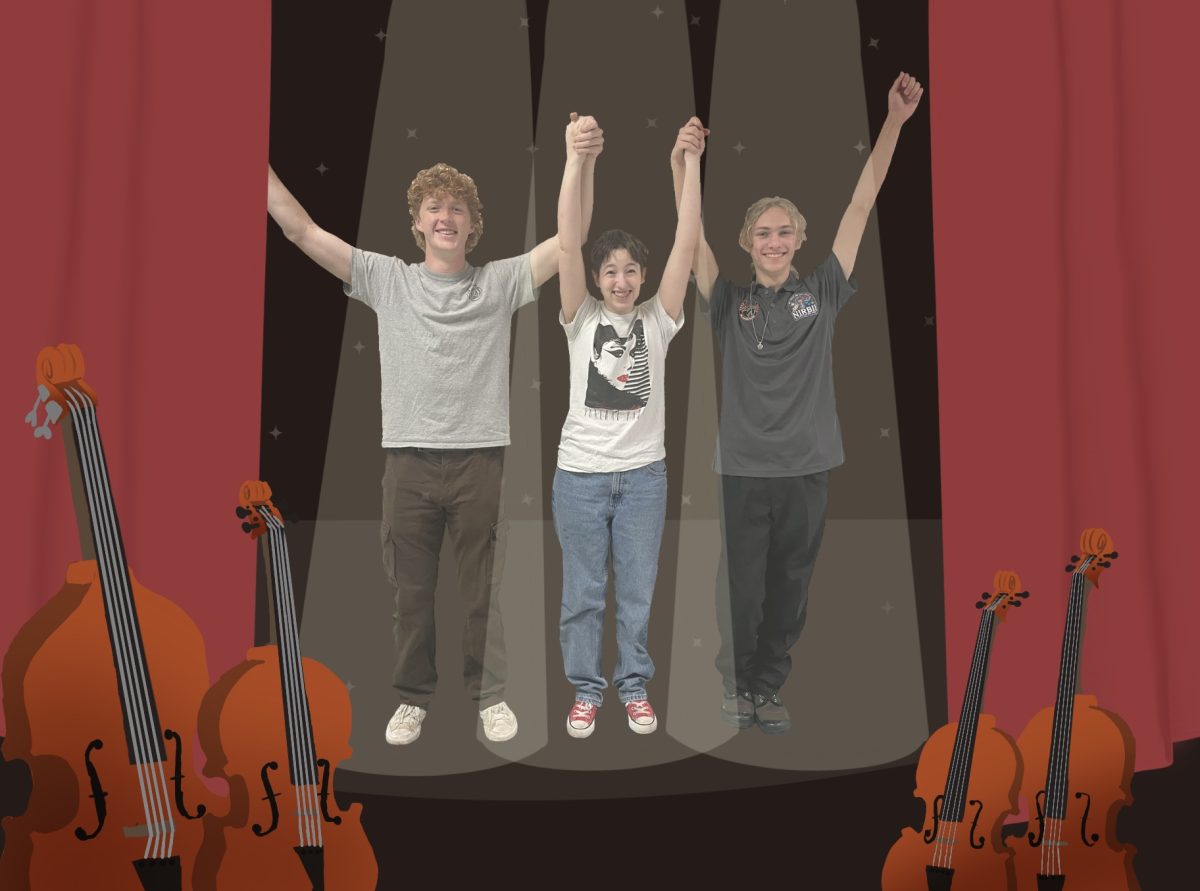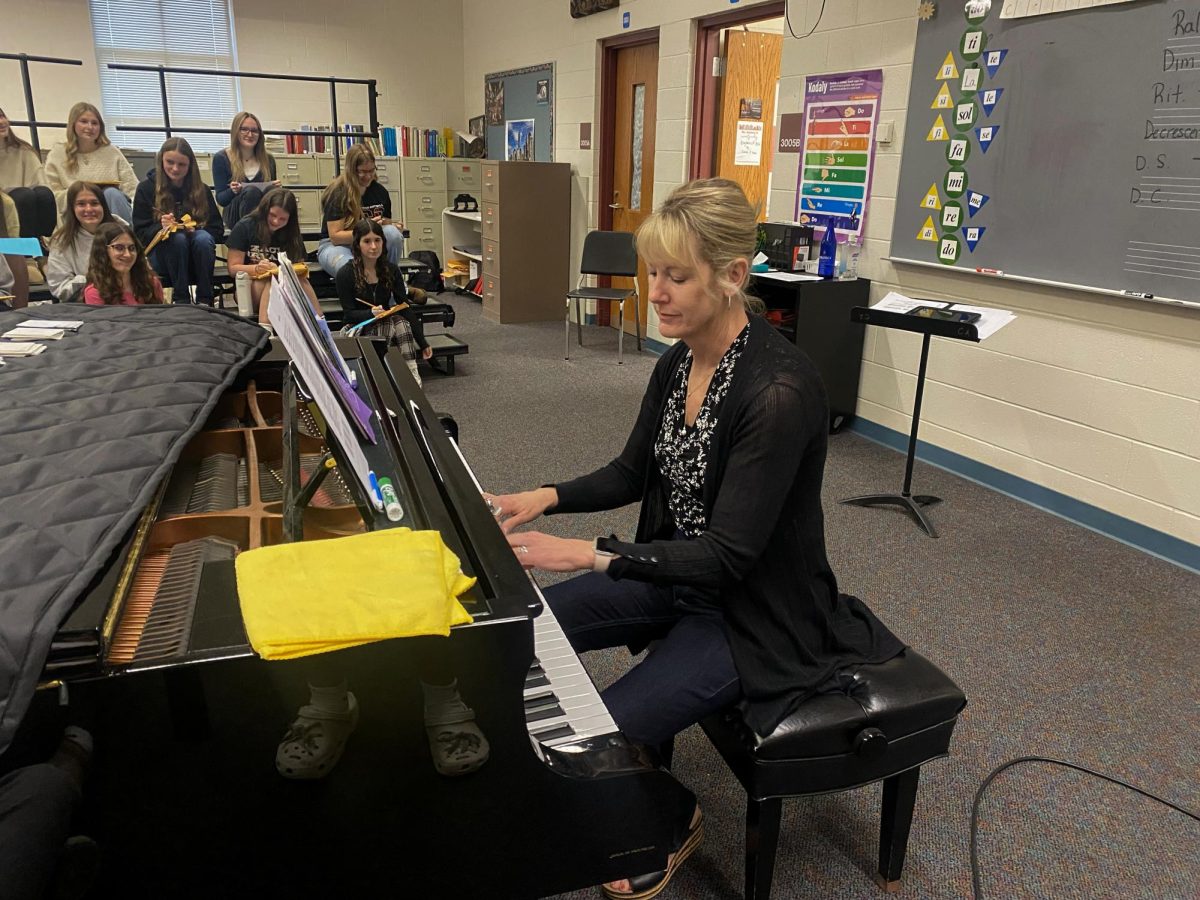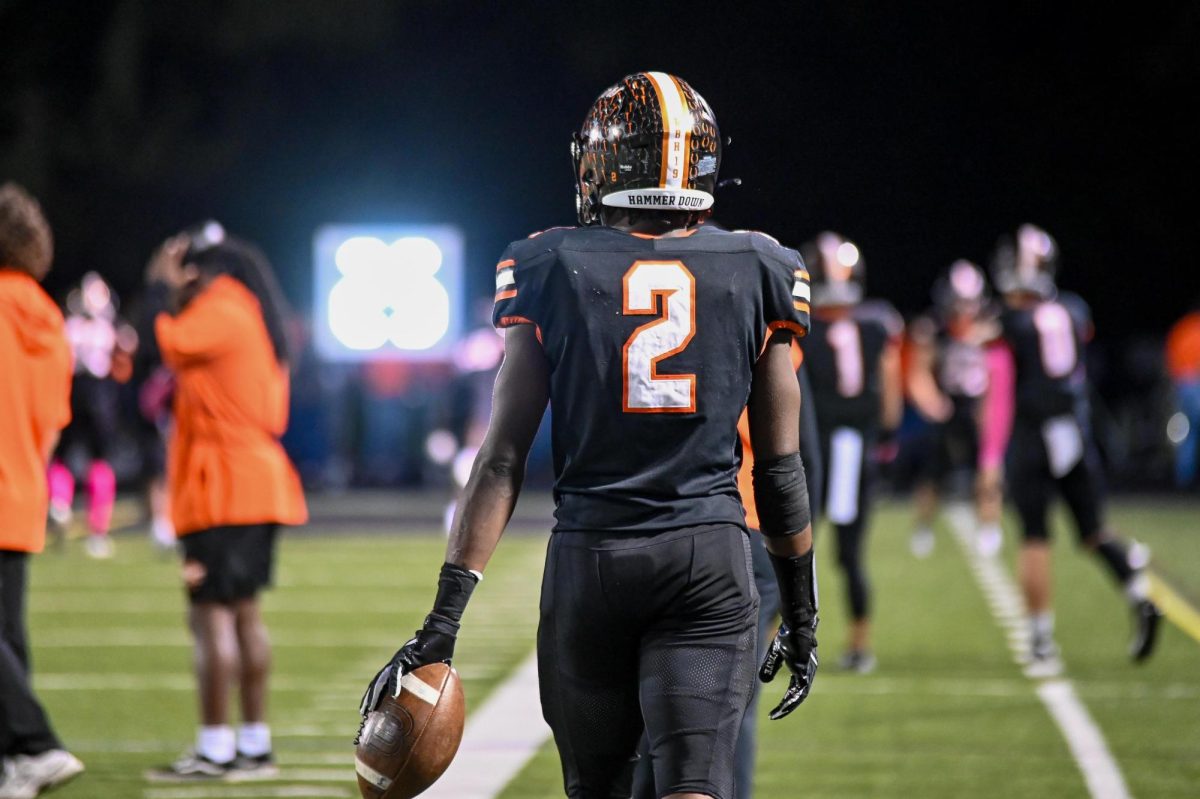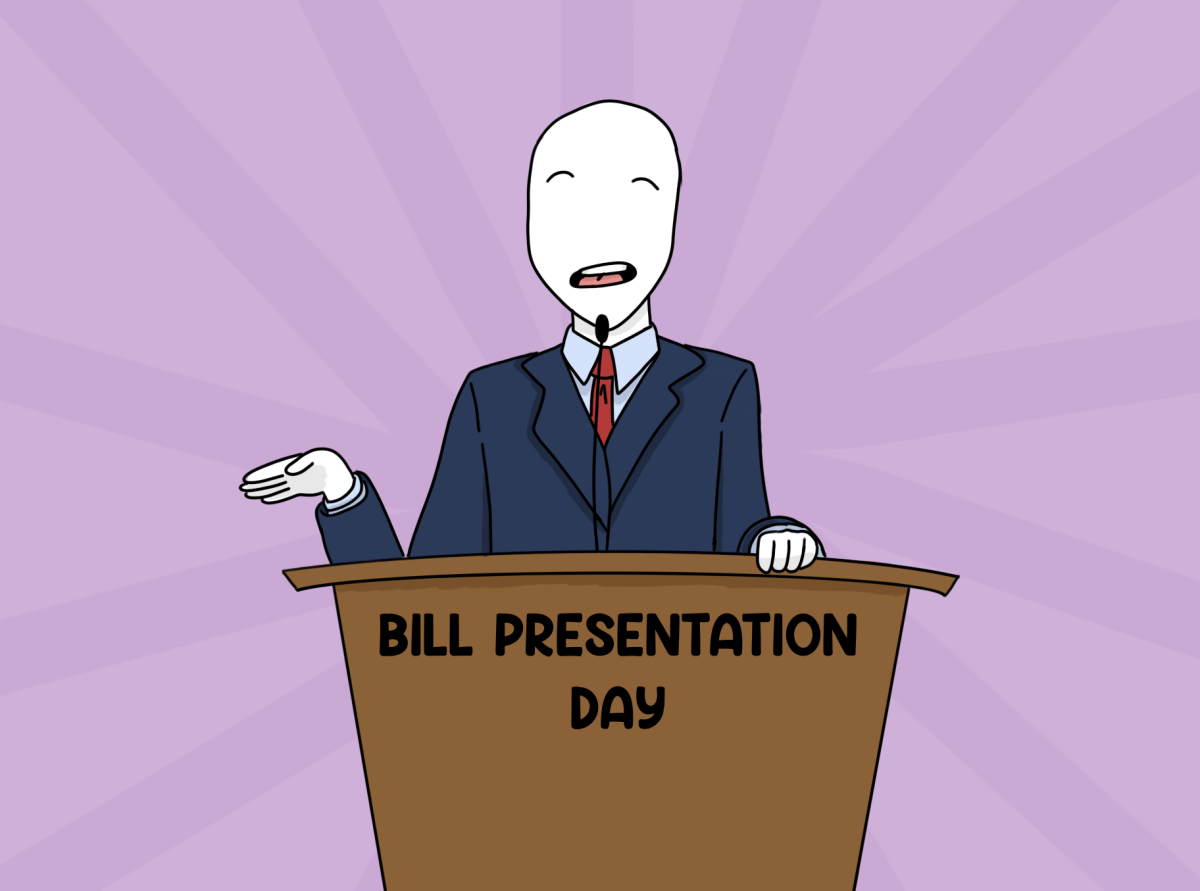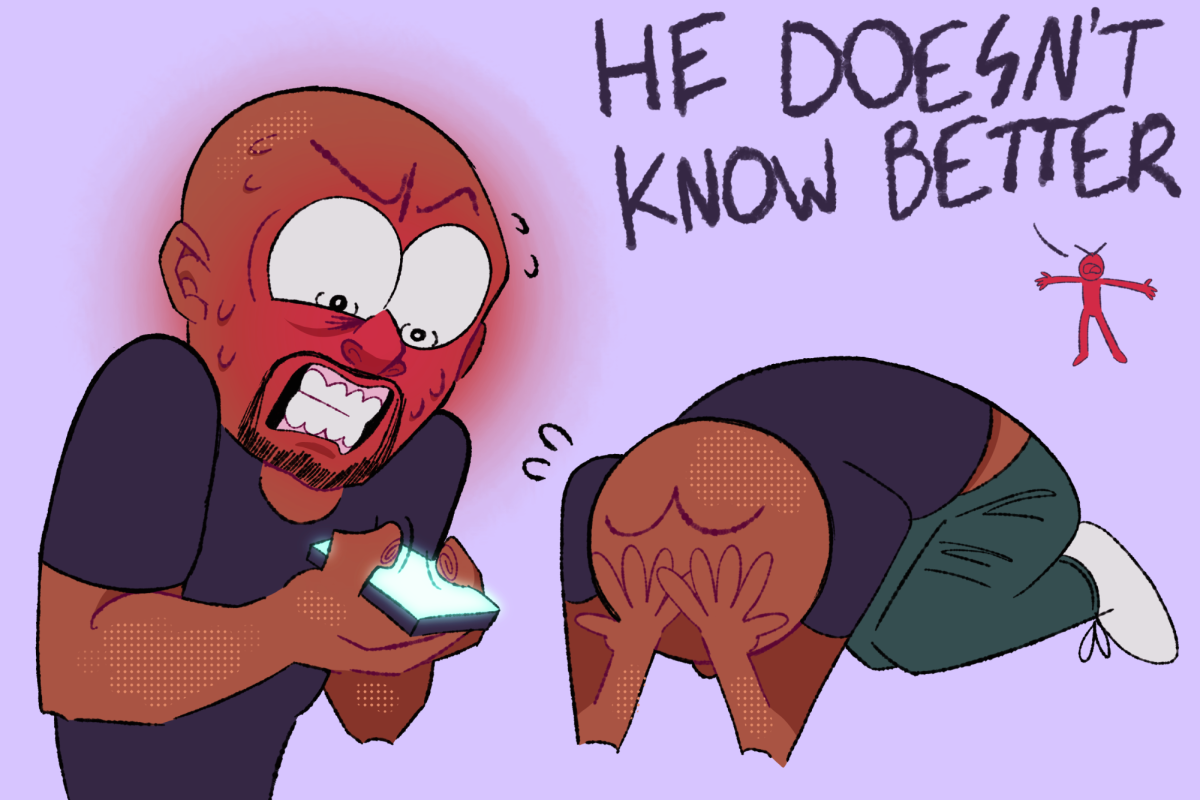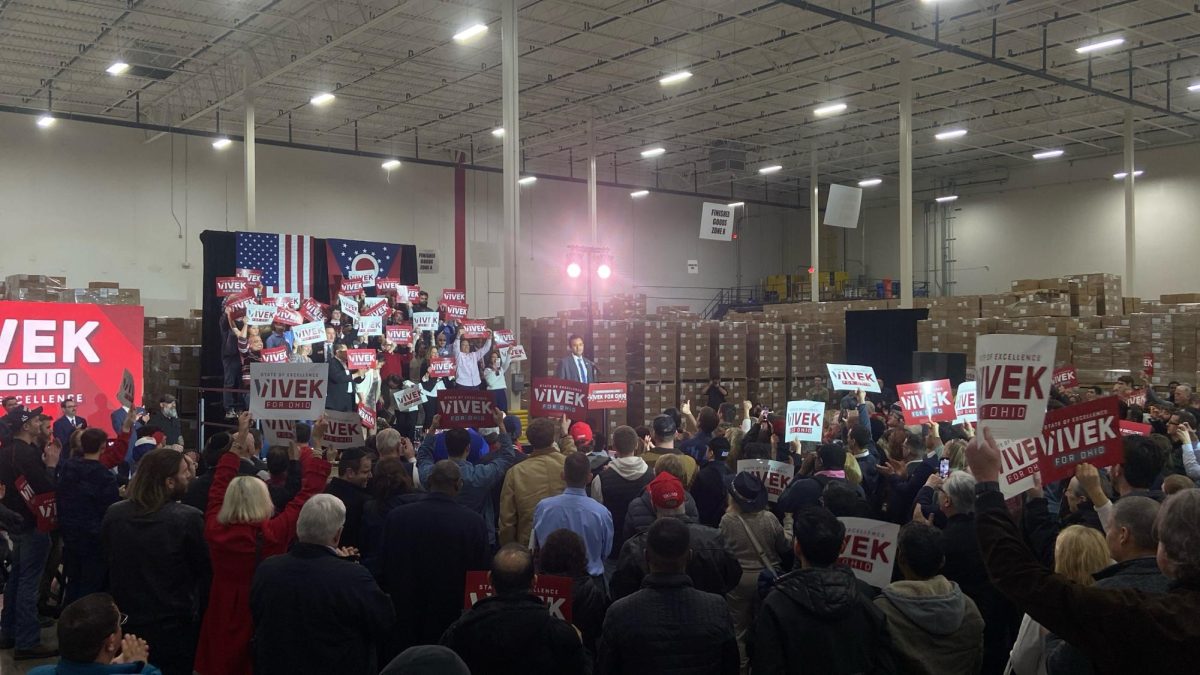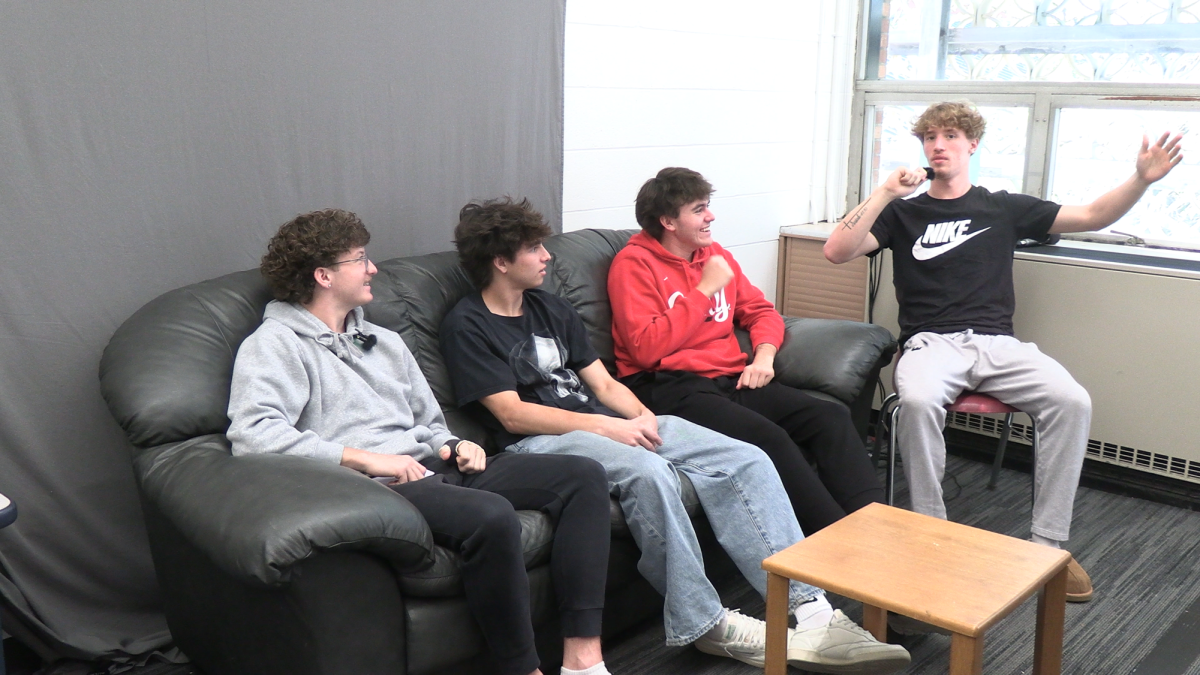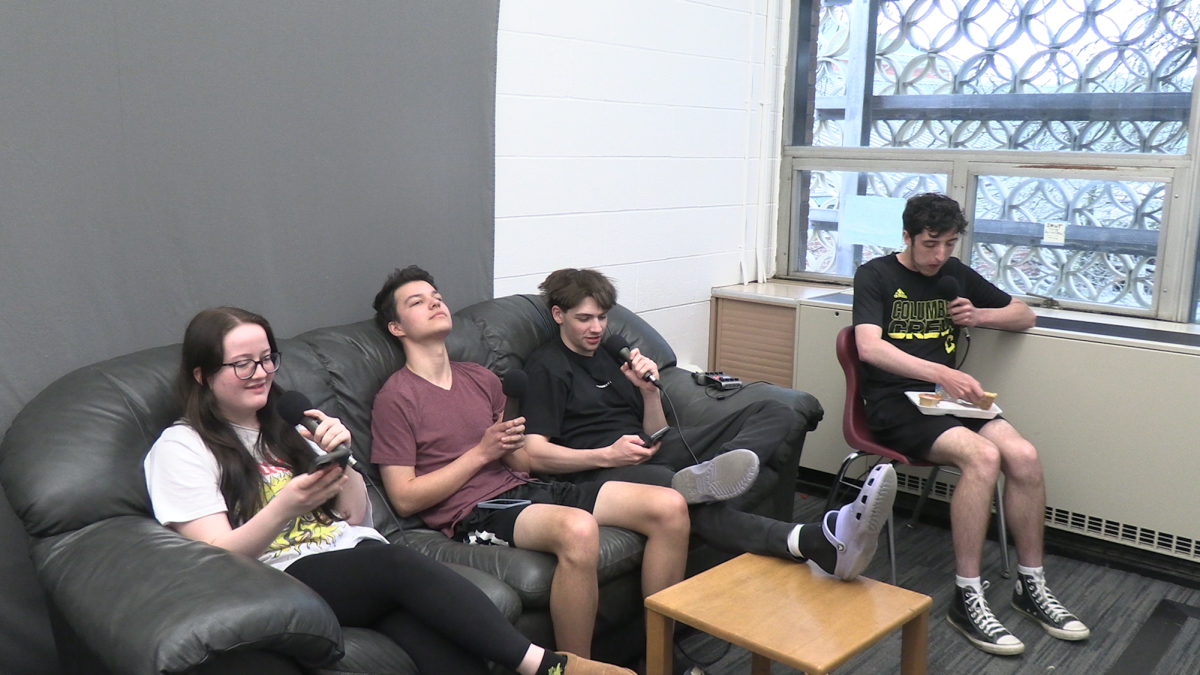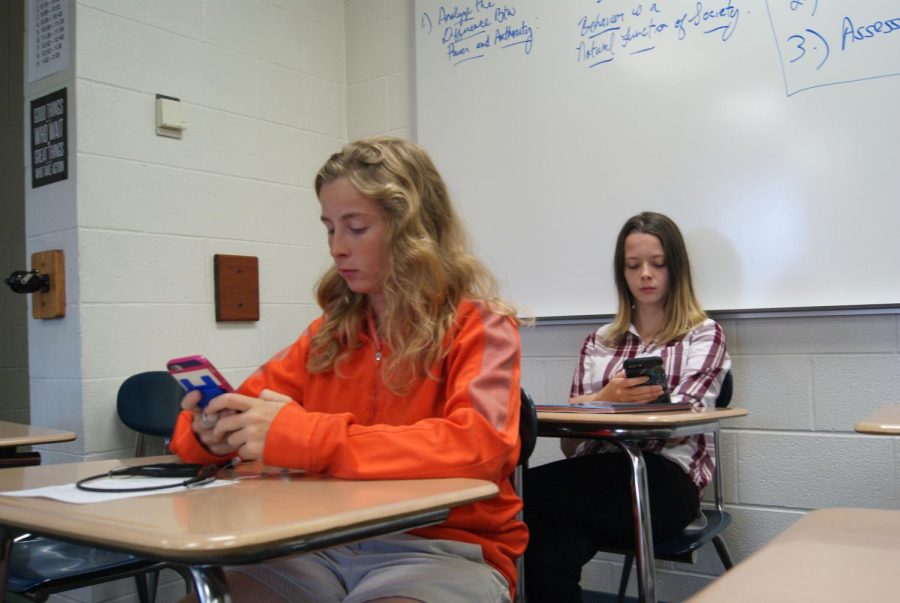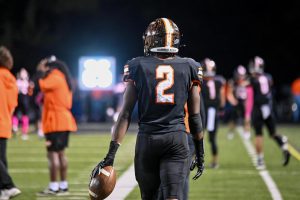Phone Policy Q & A (With Dr. Stranges)
Senior Kimmy Cane and Sophomore Athena Patton use their phones during house. House is one of the only periods where cell phone usage is allowed.
September 4, 2019
How does the cell phone policy work?
Stranges: cell phone use is up to teacher discretion for educational purposes. During instructional time, the teacher decides when phones are out. Just like a textbook, or a paper or pencil. Hallways, lunchrooms, study hall, and house, phones can be used for personal use.
Do you think that this new policy will actually work?
Stranges: That’s always my goal. I worried about the instructional time being lost when students were distracted by using their phones. So, we wanted to bring the instructional time back to help students be more successful and teachers be more successful. And up the teaching and learning pace.
Where did this idea come from:
Stranges: Weirdly, it came from students. Last year, when we talked to our student leaders and teacher leaders, both of them said: is there something we can do about the phones in the room? That’s why we did it. I think students also saw it as a distracting piece of their educational portion. When students brought it up to Mr. reeder and our student leadership meeting, and staff brought it up, we thought, well, we’re hearing it. When I sent a message out to parents this summer, I got so many nice things coming back that we think it’s working. And it has been very positive in terms of the change.
What kind of punishment will students get if they have phones out during class?
Stranges: We don’t punish. We give consequences. It’s the teacher’s classroom. It’s up to teachers to do two things: manage their classroom and to model appropriate behavior. So I also don’t want teachers on their cellphones during instructional time. If it’s good enough for the students, it’s good enough for the staff as well. So they need to model that too. What we’re trying to teach is digital balance. There are times when this device needs to be out. There are times when it doesn’t need to be out. We’re trying to help instruct everyone–teachers and students–when it’s the right time to be balanced. We’re just trying to have good digital wellness.
Do you think this will lead to higher grades among the students?
Stranges: I do. I don’t know if it’ll equate to better grades, but I do know it’ll give us more instructional time. Which hopefully will lead to more learning. Less distractions, more instruction. That equation probably will lead to at least more learning.
Do you think teachers will have a difficult time enforcing this?
Stranges: It has not been. I think part of it is, we’re trying to be consistent. If you go into math, it’s the same as english, is the same as social studies, is the same as science. We’re trying to have everyone be consistent, so students don’t have to shift gears every time they go to a different class.
Do you think this is the most efficient way to handle cell phone usage?
Stranges: I do. We didn’t say they can’t come into school, and we didn’t say they have to be in lockers. Because some places can’t have cell phones at all. We’ve tried to have a policy that still benefits learning, but we still know this is an important part of our lives.
Do you think there are any parts of the policy students will have a hard time adjusting to?
Stranges: Yeah. When we initially looked at the policy, I looked at surrounding districts to see what they were doing. For instance, Brexy has a new policy about phones. But they have to keep their phones in their lockers. I knew we didn’t want to do that. I think, for us, in terms of safety/emergency, phones are still available for students to get a hold of someone. If they’re in their lockers, I think that wouldn’t have been a policy that students and staff would want. We wanted to make sure they were still accessible in case of emergency, but stowed away while we’re in instruction time.



